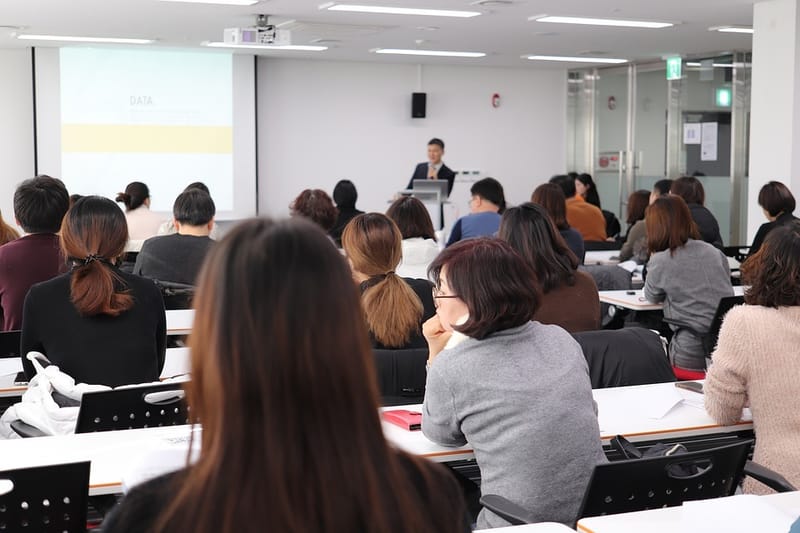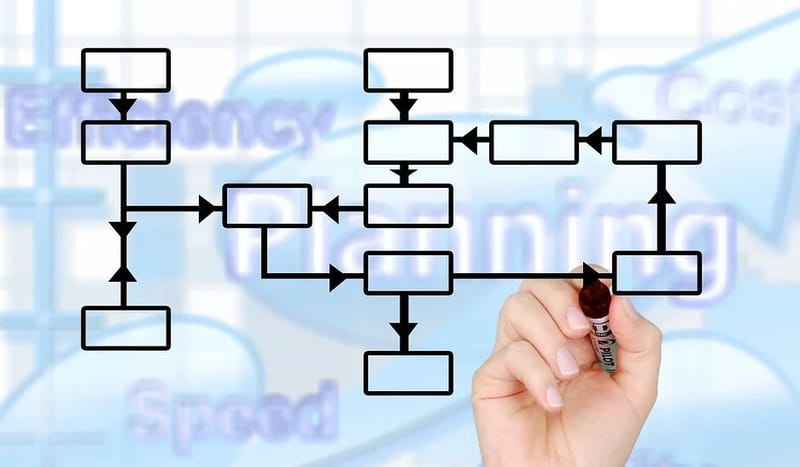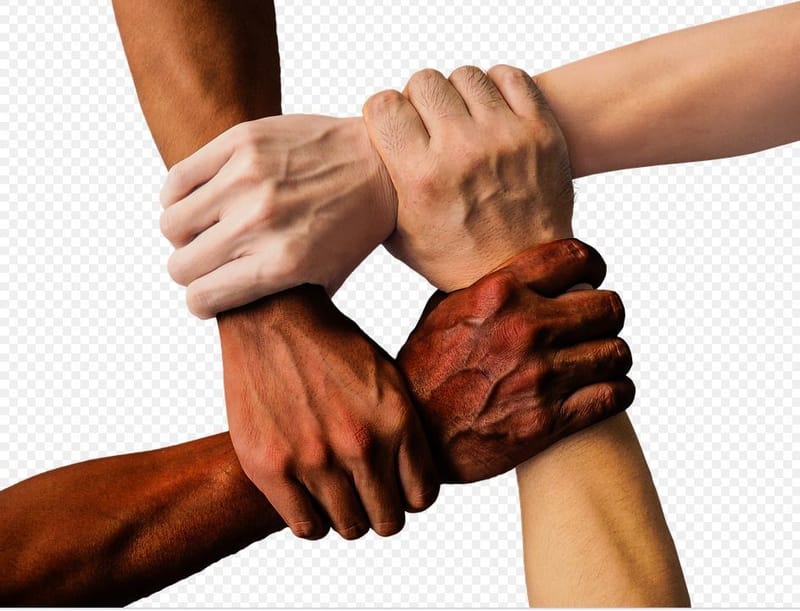Articles #Leadership
Leaders MUST understand that people are the most important element of cultural transformation. People are at the heart of an organization's culture. If you want to change a culture or move it in a different direction, you have to win the hearts and minds of people, especially the right people; ones who recognized that the organization needs to move in a new direction.
Read MoreThe leader keeps in touch with people through systematic habitual shop-floor visits, regular one to one and small group communication, follow up and confirmation of the process. While maintaining this close contact, the leader will coach and guide people by involvement in the process and problems – go see, be present with those doing the work. This “go see” provides the opportunity to model new beliefs and actions. This is followed by giving each individual the environment for innovation, risk-taking, and engagement which is risk-free/fear-free; thereby the new experience which encourages people to challenge and be creative in their efforts to improve the process while being accountability for behaviors, skills, and actions.
Read MoreAs a whole, individuals do not come to work with the intent to fail or to create failure. Each individual has the desire to be part of something bigger than themself, part of building something of excellence and a community of peers with a “cause”.
Read MoreBe present with them; make them the center of attention, your only focus with active listening coupled with empathy. Focus on how to lift their strengths and their diversity to build a cohesive team covering weaknesses.
Read MoreKnow that the organization is about building relationships and community. Create alignment to a common purpose so as to create awareness and understanding of why the strategy is matters and how staff or key to the strategy deployment and execution process.
Read MoreModel the standard behaviors and actions so that everyone is clear as to what the normal condition is versus abnormal.
Read MoreLeaders lift others to have the courage to be creative in their efforts – continually challenging the current way. Status quo, mediocrity, tried and true, compliancy, and all traditional thinking paradigms must be faced, disturbed and challenged through insight and foresight.
Read MoreSee people not as they are today but as their potential, encourage, teach, and lift to their full potential. Take the people and organization beyond the limits of management to leadership. Leadership is not about controlling people but serving and caring for people.
Read MoreBe prepared to demonstrate what you expect others to do. Ensure your actions and words reflect the principles and the journey of the organization. Lead by modeling behavior and actions. Lead by creating the desired experiences, walk the talk. Practice “go and see”.
Read MoreLeaders cannot treat themselves differently from other people in the organization, effective leaders know when to let others lead, even if doing so puts the member out of their comfort zone. Great leaders evoke the emotions of those they lead and use the command of emotions to make it all about the team members not about themselves. To do that leaders must be conscious about which emotions to display and when to display them.
Read MoreCulture is the actual sum of daily behaviors and actions so leaders must set expectations with the team that defines what behaviors are desirable and which ones are unacceptable. Leaders must explain how the desirable behaviors are linked to achieving the execution of the transformation and the overall performance results.
Read More














